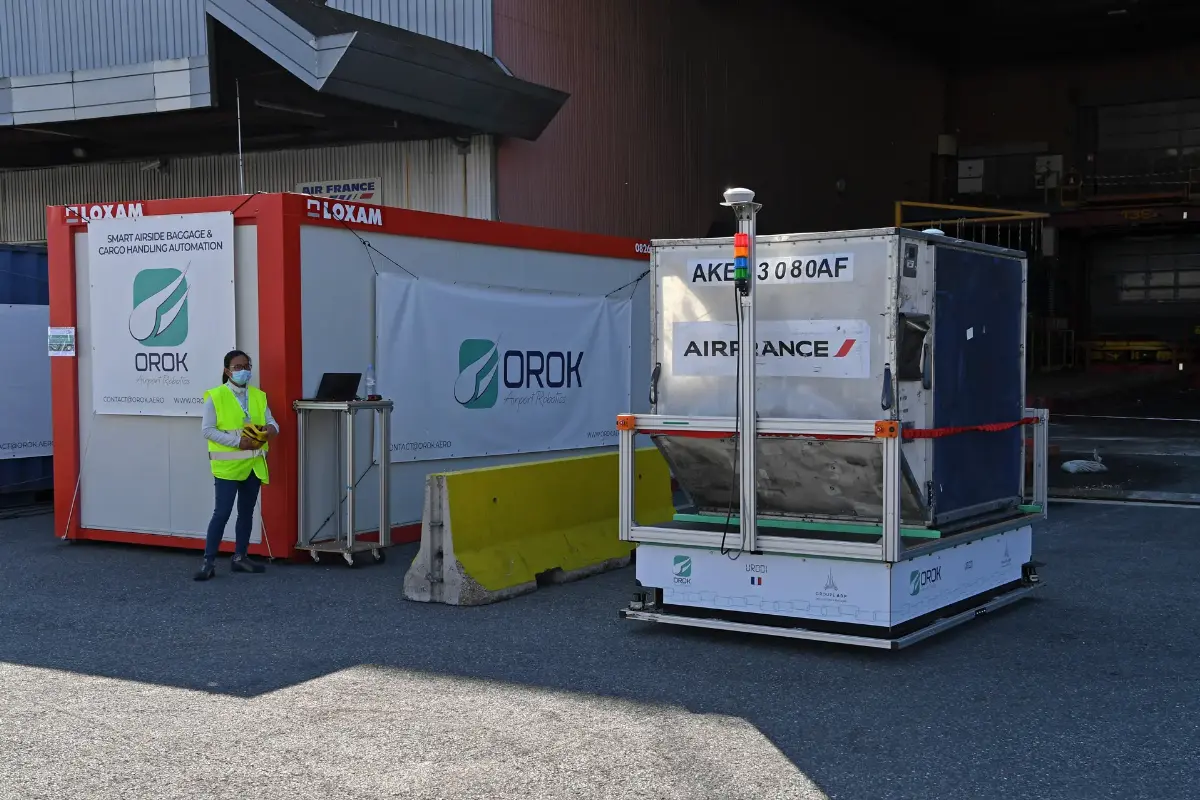
Do you want to access to this and other private contents?
Log in if you are a subscriber or click here to request service
Airports are betting on autonomous vehicles
From passenger shuttles, to luggage transport, to wheelchairs

Airports around the world are increasingly open to new technologies and benefit greatly from their implementation in various fields, significantly improving the travel experience of passengers. One approach is the use of Autonomous Vehicles (AVs) as shuttles or baggage carriers, which help limit long lines at security checkpoints and lost baggage.In this sense, even if these unmanned vehicles work...
Gic - 1252484
AVIONEWS - World Aeronautical Press Agency
AVIONEWS - World Aeronautical Press Agency